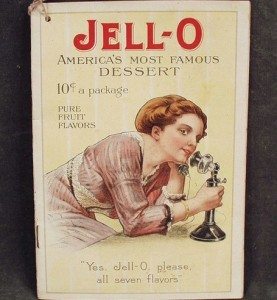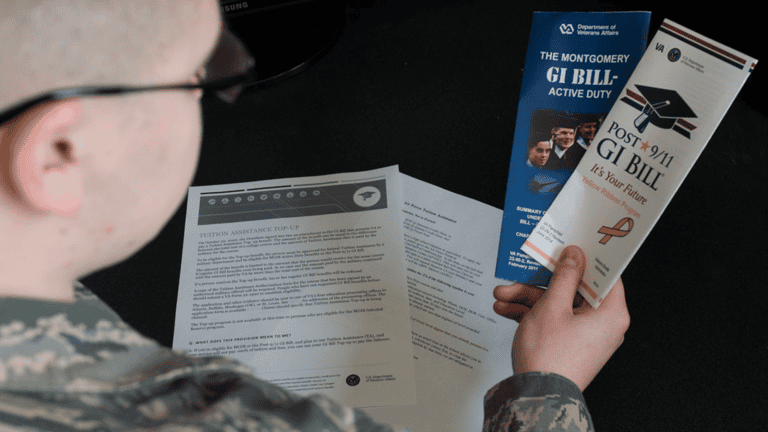7 Ways To Write A Damn Good Benefits Claim

Writing a successful benefits claim is both an art and a science.
It doesn’t matter whether you are applying for unemployment benefits, disability benefits, vocational rehabilitation benefits, or any of benefit a veteran might need.
It is an art because it requires creativity, a sense of self, an aptitude and a special knowledge of blending these with the regulations.
Writing an effective benefits claim is also a science, because it exists in a world of laws and regulations, in a world of court decisions and outside advice.
Unlike the world of advertising, you will not get to retest your theories in your own claim. All the more reason to learn from the mistakes of other disabled veterans.
Bad benefits claims are missing at least one or both of these elements. In good benefits claims, both are found.
Read on, in the next few minutes we’ll explore seven examples of good claims writing for smart veterans…
1. Plain Benefits Claim
This standard approach to writing a claim is simple and effective. It is merely you presenting your claim in a basic way. No spin. No gloss. Just basic statements of facts and the benefits sought.
Look at any Google instruction – no flash, no sizzle. Just the basics that will help you get the job done. This tells the reviewing agency just enough to make a decision.
2. Storytelling Benefits Claim
Who doesn’t love a good story?
Hell, all we did on the flight line while waiting for a launch was tell stories. The person who made the story the most personable was the best, or at least the coolest. If you could see yourself in that person’s shoes, then they did a good job of storytelling.
At the core of every story are these four elements:
- Opening: Introduce the problem. Show how you had a normal life, but then how your life changed as a result of your issue.
- Conflict: How did the thing that changed impact you or create a problem? State some examples of the change.
- Dialogue: People are drawn to stories where there is dialogue. Old movies like a River Runs Through It or Sand Lot would suck if the story just consisted of a person narrating everything the characters do. Mix in a little dialogue or examples of the impact.
- Solution: Last, explain how the benefit you seek will take care of the problem or change you have experienced.
When it comes to benefits claims, ignore the dramatic. This will convolute what you are trying to convey and make you appear irrational.
3. John Lennon Benefits Claim
Take the example of John Lennon asking us to imagine, “there’s no heaven; imagine that if you can…” Imagination: Lennon was using an incredibly effective persuasion tool.
In applying for benefits, do not lie – that’s not where imagination comes in.
Use imagination to create metaphors that show the claims adjudicator how your claim is different from others that have been denied.
Take any element that is weak within your claim and tweak it using imagination – see #7. Create a metaphor that will support you by differentiating your claim from everyone else.
Or, where you need to be like all the other success stories, do the opposite.
4. Long Benefits Claim
Advertisers use long copy under the premise that the more you tell, the more you sell.
When it comes to benefits, the more you discuss the facts and analyze the rules or regulations, the more you increase your chances for success.
Generally, this goes against what I tell veterans to do.
Look back at the first rule – plain benefits claims. Keeping it simple is good. Using enough length to explain your claim fully is vital.
Here’s what I mean. I think keeping it simple is best. However, some veterans will take this too literally and omit essential points to prove their position. On the other hand, many veterans also just ramble on and on about their claims.
Neither of these is ideal.
Is there a middle ground? Yes. You can usually get there through the revision process.
5. “Direct-from-CEO” Benefits Claim
When we look to buy products, endorsements from 3rd parties help convince us to buy. Likewise, reading letters from “the boss” can also encourage us to push the buy button.
For benefits claims, we want a different kind of endorsement depending on the situation.
- Disability claims would benefit from the opinion of a medical doctor.
- Vocational Rehabilitation claims would benefit from an statement from an occupational therapist.
- Unemployment claims could benefit from a sculpted statement on your behalf from an attorney.
Getting the expert opinion can go a long way.
6. Frank Benefits Claim
Sometimes starting with the ugly truth is the best strategy.
If you’ve ever sold a car, pointing out the flaws straight away can work wonders. “Well, it burns some oil, but the miles are all highway. I just keep a pint of oil in the trunk and have had no problems.”
When you point out the downfalls of your application first, it can take the wind out their sail for a denial when you point out your strengths.
I’m sure you can tell from my example that the “flaws” approach is maybe not my strong suit. But, if you can sell popsicles to Eskimos, give it a shot.
7. Superlative Benefits Claim
Here’s another one you can try – the outlandish claims approach. I like to call this “putting lipstick on the pig.”
Look at this ad highlighted by another blog:
- “A revolutionary material from this Nevada mine could make investors a fortune in 2013”
Now apply that to typical performance review:
- “Spearheaded tactical innovation project…” yada yada.
In reality, you did your job but applied some lipstick to make it look good on paper. Take this to the next level with your claim for benefits… Just don’t do it too much.
There’s a fine line between merely using superlatives and lying.
Back at you…
For you, applying some or all of these techniques to your benefits claim can be a huge help.
One veteran writes her claim dressing up a checkered employment history with volunteer experience to fill in the blanks.
Another veteran talks about his PTSD from the perspective of how he has worked to improve it rather than focusing on how it’s a hindrance.
Both of these approaches would help with Vocational Rehabilitation. They would possibly not be as effective when applying for a disability benefits increase.
This is the art and science of writing a benefits claim.
Knowing when to apply these techniques and to what extent will help you get a long way.




IS A RECONSIDERATION BETTER THAN AN APPEAL? BECAUSE THE VA DID NOT HAVE DIAGNOSIS FROM MY THERAPY, THEY DENIED MY CLAIM.
Good advice. Thank you.
Looking forward to your authoritative thoughts for the 150,000 homeless veterans that qualify for VA Pension’s Total Disability Based On Individual Unemployability (TDIU program).